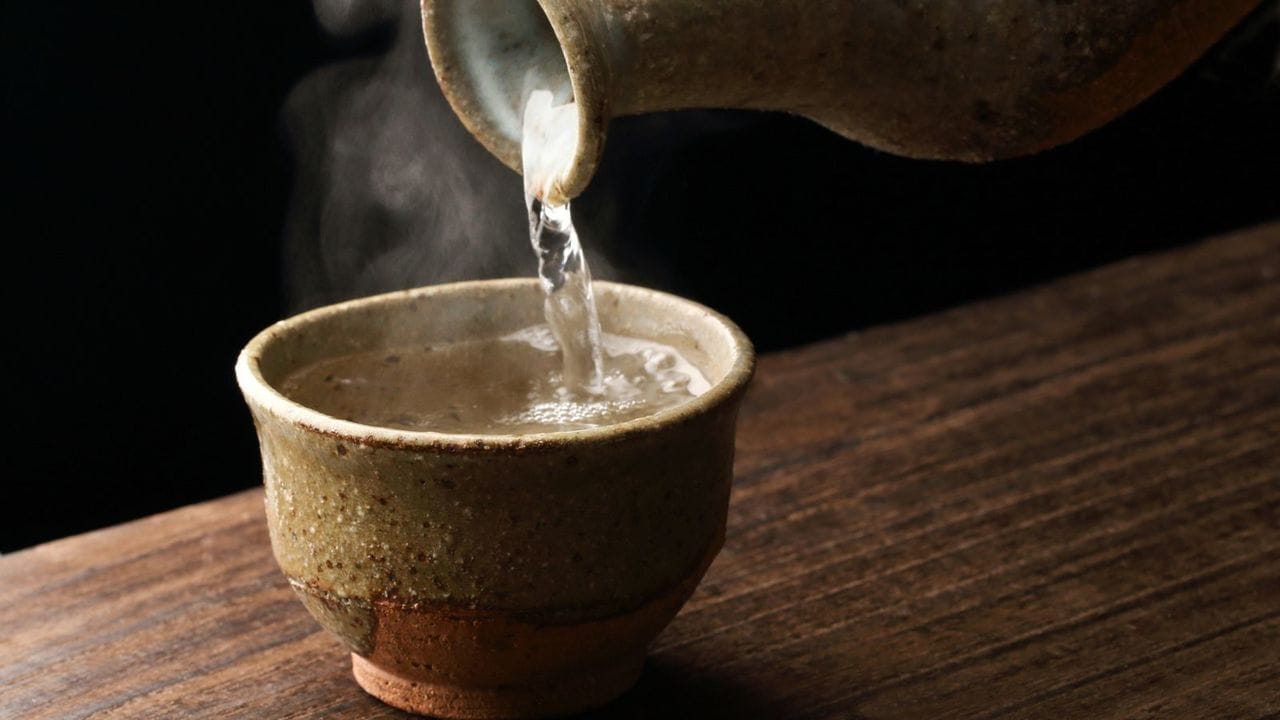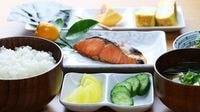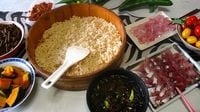
The dogma about sake today is that high-quality versions must be served chilled, but that is a total misconception. In fact, there are many quality sakes that are best enjoyed warmed.
It's true that sake, a traditional Japanese rice wine, was once consumed warmed if its quality was not good enough to be appreciated when chilled. But sake has gone through a dramatic change in quality in Japan in the last 50 years.
In the 1970s, specific yeasts that could produce delicate, sophisticated aromas and flavors in sake were developed. This accelerated the creation of high-grade ginjo sake. Made with highly polished rice, ginjo sake is lower in acidity, more fragrant and possesses elegant flavor. Because of the delicacy of its flavors, it should not be warmed.
I believe that the development of ginjo sake was hugely influenced by the introduction and growing popularity in Japan of wine from Europe and America. French, European or American meals served on white tablecloths with forks and knives accompanied by wine were seen as sophisticated and modern.
So when the new ginjo sake arrived on the scene, style-conscious drinkers became convinced that all good sake should be consumed cold or chilled.
But some traditional sake lovers shunned ginjo sake because of its lack of acidity and rich flavors. Some sake brewers also went against the trend and focused on producing quality traditional sake, which is high in acidity that is bold and round in flavor. They are known as junmai (100% rice sake), yamahai, kimoto and honjozo (alcohol added) sake. These varieties are well suited to be enjoyed in a different range of serving temperatures.
Five reasons to drink your sake warm
1. Warming sake helps to blossom its natural flavors and fragrance.
2. Warming sake balances its sweetness, acidity and astringency.
3. It is wonderful to consume warmed sake with meals during the cold winter. It's like mulled wine, but with no added sugar.
4. Warmed sake is absorbed by the body more quickly, so we can "feel" it sooner and control the amount we drink.
5. Without learning how to appreciate warmed sake, we can never say that we have a complete understanding of this wonderful beverage.
Certain groups of sake can be enjoyed at nine different temperatures. This may seem intimidating, but according to Hiroshi Ujita, president of Tamanohikari Brewery in Kyoto, there is no strict rule on warming sake. Each sake lover in Japan has a preferred temperature for a particular sake.
How much to warm the sake is also influenced by the season, the temperature of the dining room and the temperature of the dishes that will be consumed with it. You can find temperature guidance on warming sake in my book "The Sushi Experience," but here is some guidance on four easy to master-and-understand sake temperature levels that you can use to begin exploring the joys of warmed sake. Consider these levels and try them on your favorite robust flavorful sake: Body temperature (hitohada), 98 F; lukewarm (nurukan), 104 F; warm (jokan), 113 F; hot (atsukan), 122 F.
I suggest that before using real sake, you practice recognizing these temperatures with some warm water and a thermometer. It won't take you long to distinguish with a touch of liquid on your hand between the four levels I have suggested. If you decide to try warming sake, follow the very basic instructions in the recipe.
Sakes made for warming
Here are some recommended sakes to start on your warmed sake adventure. If you start with this group, you will fall in love with these warmed beverages for the rest of your life. The recommended temperature is only a guideline. As Ujita advises, explore different temperatures to see what you prefer, and have fun with it.
1. Tamanohikari Yamahai: This sake comes from the 342-year-old Tamanohikari Brewery. After the war, a rice shortage forced brewers to produce sake with less rice and added alcohol. In 1964, Tamanohikari Brewery was the first company to revert from its postwar poor sake production method to the original, traditional method using 100% rice-produced sake. Tamanohikari Yamahai has good acidity, umami and round body. Recommended at 98 F.
2. Tengumai Yamahai: This sake comes from the 192-year-old Shata Shuzo Brewery in Ishikawa Prefecture. The name Tengumai implies that everyone wants to dance after drinking this sake. Acidity is high with slight astringency and strong aroma. Recommended at 98 F and 113 F.
3. Kokuryu Junmai Ginjo: This sake comes from the 211-year-old Kokuryu Brewery in Fukui Prefecture. The company has been developing robust tasting ginjo sake that has been designed to be consumed warmed, going against the major trend of chilling ginjo sake. Warming Kokuryu Junmai Ginjo enriches the characteristics of sake -- roundness, robustness and refined flavor. Recommended at 98 F.
The next time you are dining at your favorite Japanese restaurant, try ordering your sake warmed to your preferred temperature.
(C)2016 Hiroko Shimbo via Zester Daily and Reuters Media Express



